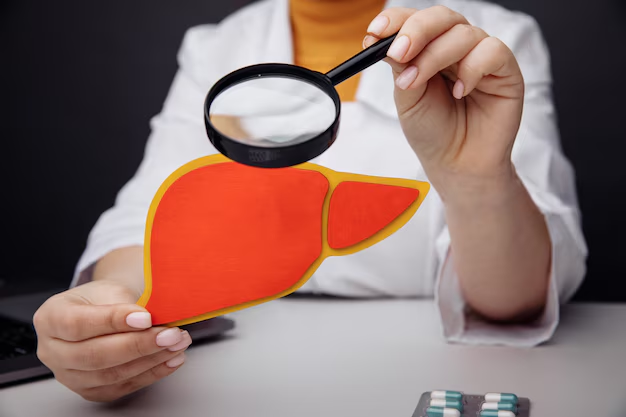When Does Portal Hypertension Indicate Cirrhosis?
Understanding the ins and outs of cirrhosis can be daunting, especially when you hear terms like portal hypertension. If you're wondering what stage of cirrhosis portal hypertension typically appears, you're not alone; many people exit the doctor's office with this very question in mind.
Recognizing the Stages of Cirrhosis
Cirrhosis progresses through four main stages, evolving slowly over many years. Specifically, portal hypertension most commonly becomes apparent in Stage 2 (compensated cirrhosis) but can become more severe as one progresses to Stage 3 (decompensated cirrhosis). By then, the liver damage is more significant, and symptoms become more complex.
- Stage 1: Early cirrhosis with minimal symptoms and no significant complications.
- Stage 2: Increased liver scarring, leading to the development of portal hypertension, although major complications are not yet visible.
- Stage 3: Advanced scarring and clear complications due to portal hypertension, like ascites or varices bleeding.
- Stage 4: End-stage liver disease, often necessitating medical interventions like a liver transplant.
Why Portal Hypertension Matters
Portal hypertension occurs when the blood flow through the liver is obstructed by scar tissue, causing increased pressure in the portal vein. This condition isn't just a medical term; it has tangible effects:
- Varices: Swollen veins in the esophagus or stomach can rupture, causing life-threatening bleeding.
- Ascites: Fluid accumulation in the abdomen that signals worsening liver function.
Understanding the stage of cirrhosis can lead to better health management and financial planning. Treatment plans often become more extensive and could lead to unforeseen expenses. This is where knowing about financial assistance programs becomes invaluable.
Exploring Financial Support and Educational Resources
Navigating a chronic illness like cirrhosis often involves unexpected costs, from medications to hospital visits. Fortunately, various financial and educational resources can relieve some of the burdens:
Financial Assistance Programs
- 💊 Medicare and Medicaid: These programs offer substantial coverage for medications and treatments necessary for managing cirrhosis.
- 🏥 State Health Insurance Assistance Programs (SHIP): Provides personalized counseling to patients needing help navigating Medicare or Medicaid.
- 🩺 Pharmaceutical Assistance Programs: Several pharmaceutical companies have assistance programs that offer free or low-cost medications for qualifying individuals.
Credit and Debt Relief Options
- 📉 Medical Debt Relief Companies: Some services specialize in negotiating lower medical bills, so always consider consulting one if your hospital bills pile up.
- 💳 Credit Counseling Services: These services can offer guidance to help manage debt more efficiently, avoiding long-term financial damage.
Educational Opportunities
- 📚 Adult Education Grants: Accessible grants for those seeking to upskill, including online courses, which can help career advancement even while dealing with medical issues.
- 🎓 Health Education Scholarships: For those who have an interest in healthcare, many institutions offer scholarships specifically focused on chronic disease education.
Staying informed not only helps in effectively managing health conditions like cirrhosis but also opens up avenues to navigate the financial landscape more efficiently. By understanding your options, you can focus more on health and less on the bills.
In summary, facing a medical condition such as cirrhosis is a multifaceted challenge that calls for medical insight and financial preparedness. Taking advantage of both health and financial resources can be a lifeline, providing the support needed when battling this complex disease.

Related Topics
- a 66 Year Old Female With a History Of Hypertension
- Are Eggs Bad For Hypertension
- Are Eggs Good For Hypertension
- Are Endocrine Disorders Causing Hypertension Rare
- Can Adderall Cause Hypertension
- Can Alcohol Cause Hypertension
- Can Allergies Cause Hypertension
- Can Anemci People Get Hypertension
- Can Anemia Cause Hypertension
- Can Antibiotics Cause Hypertension